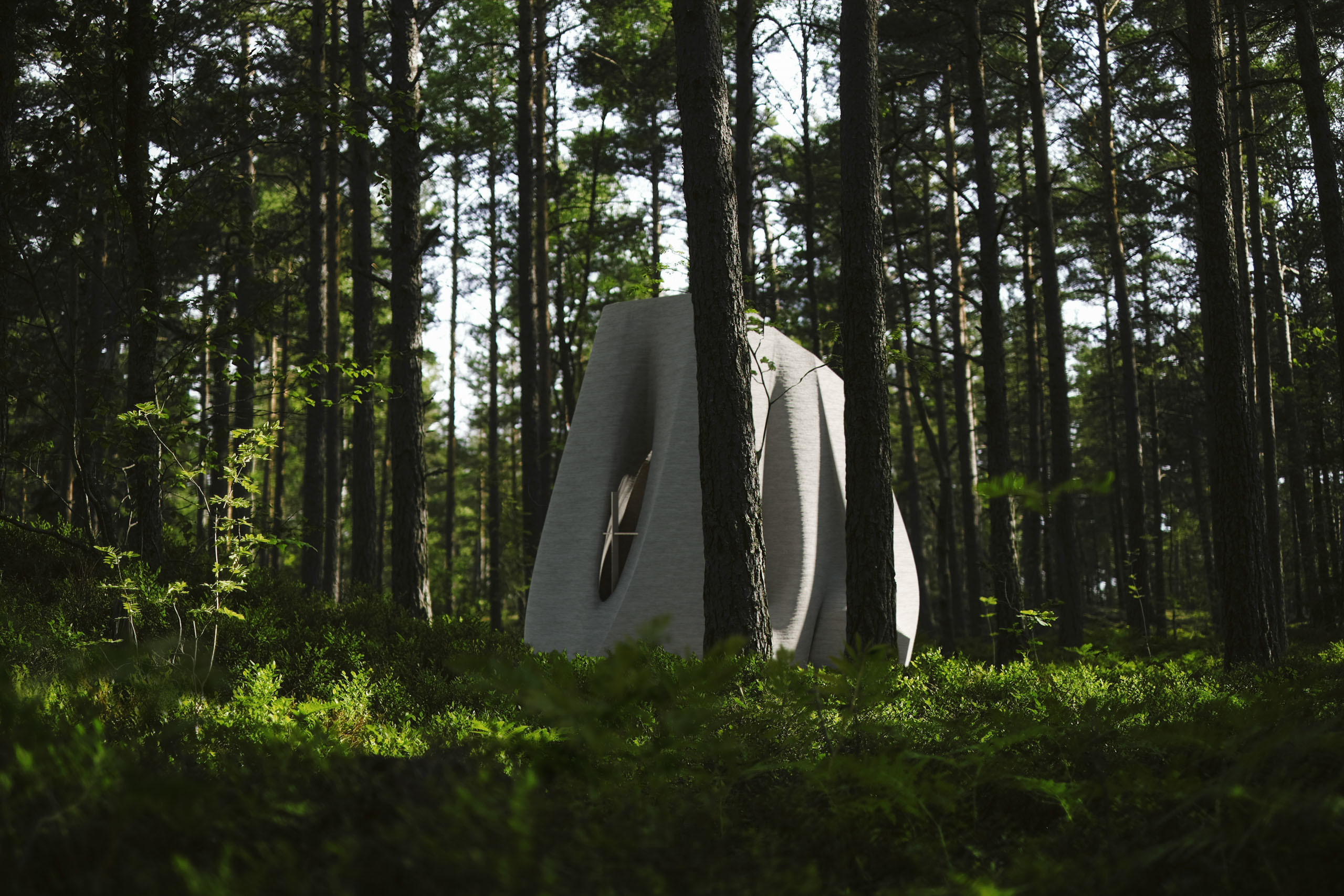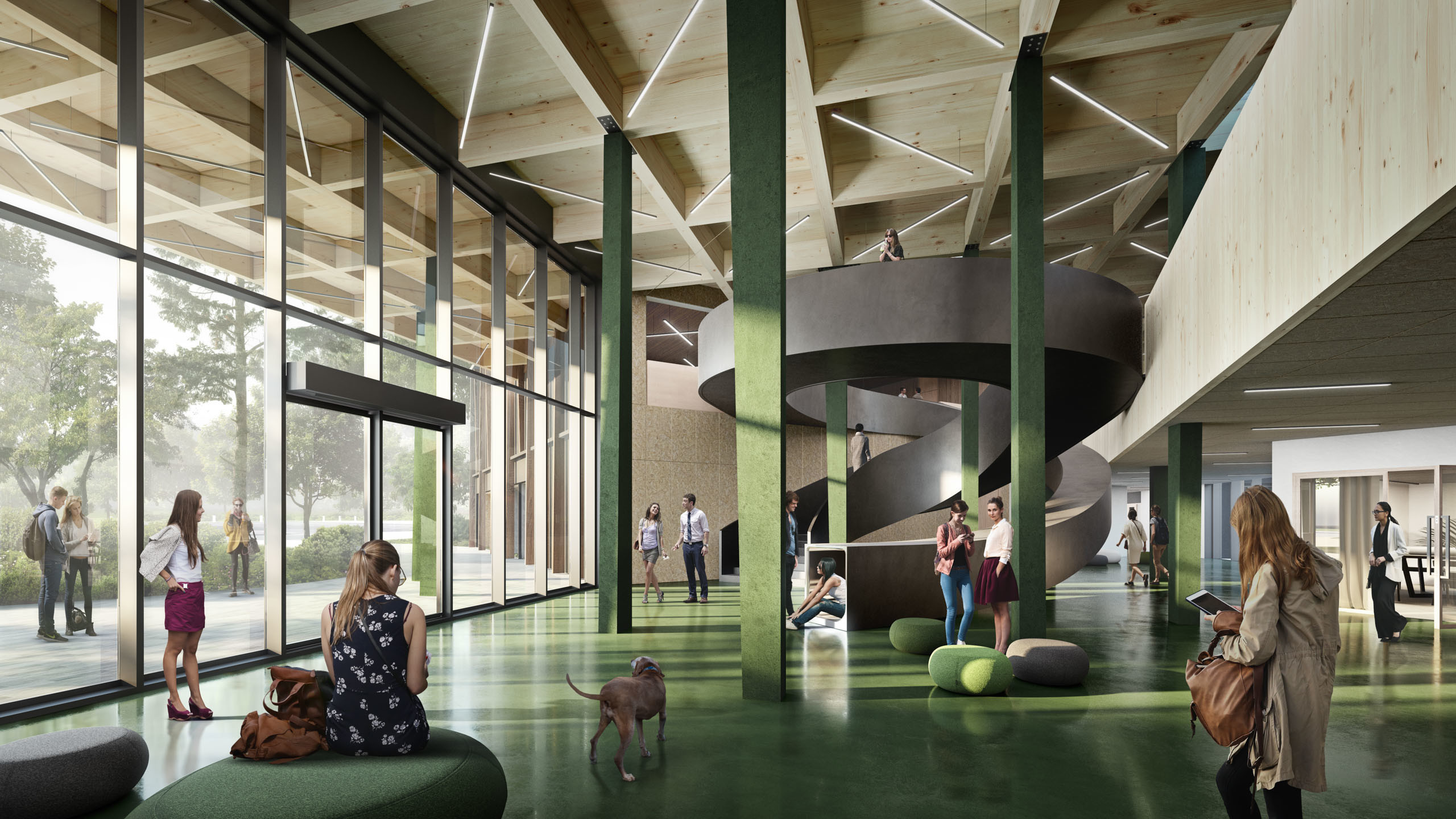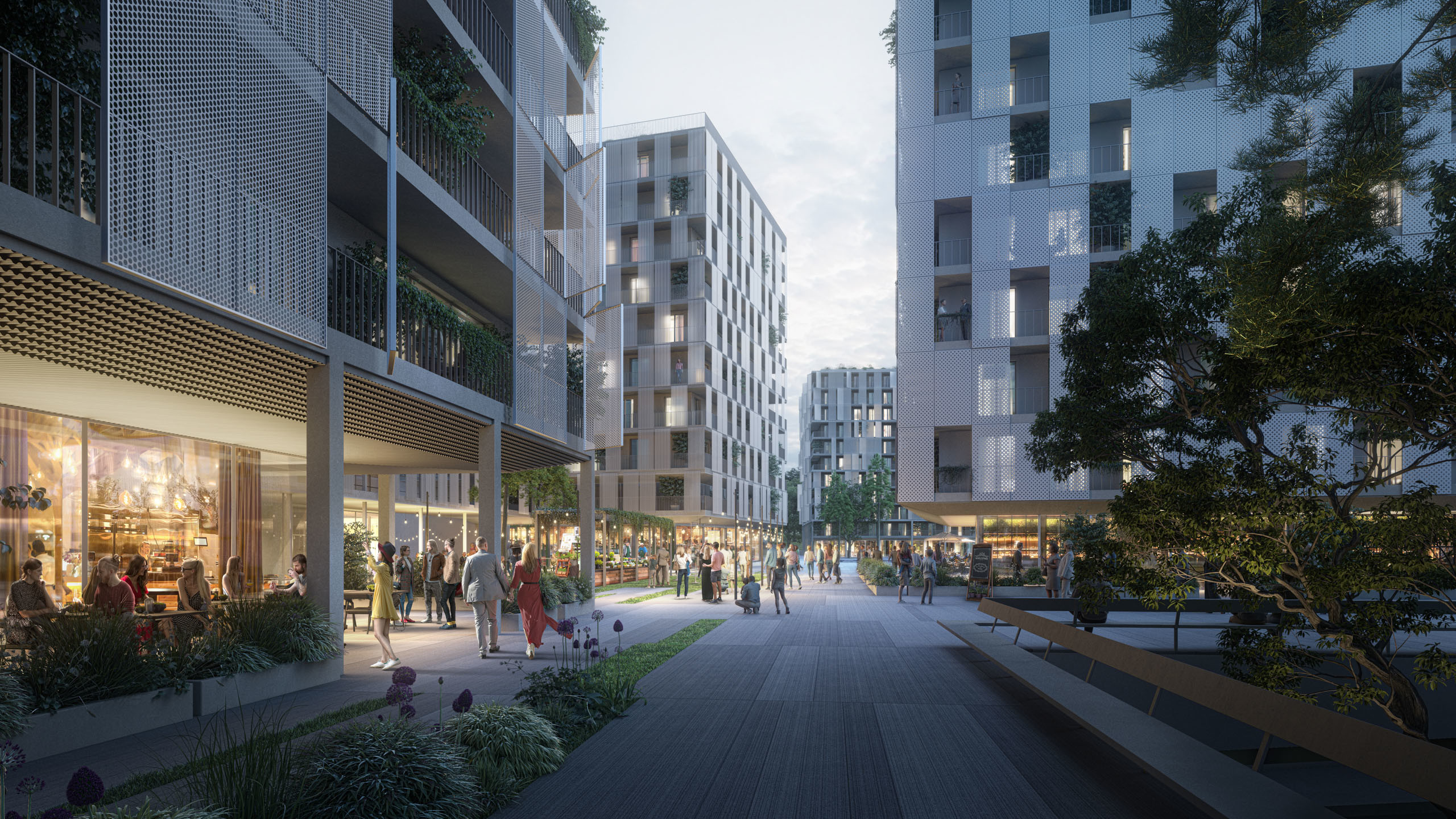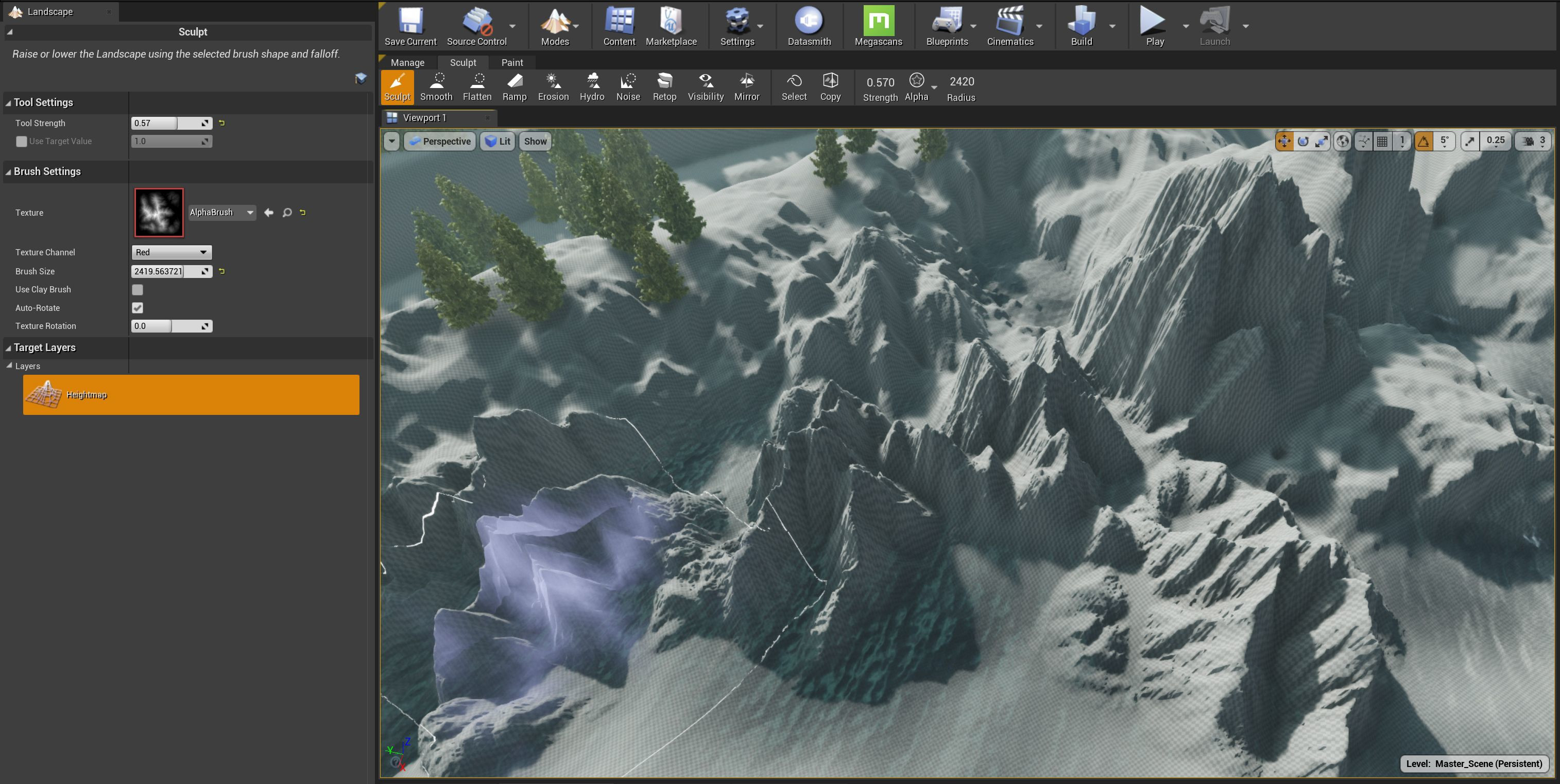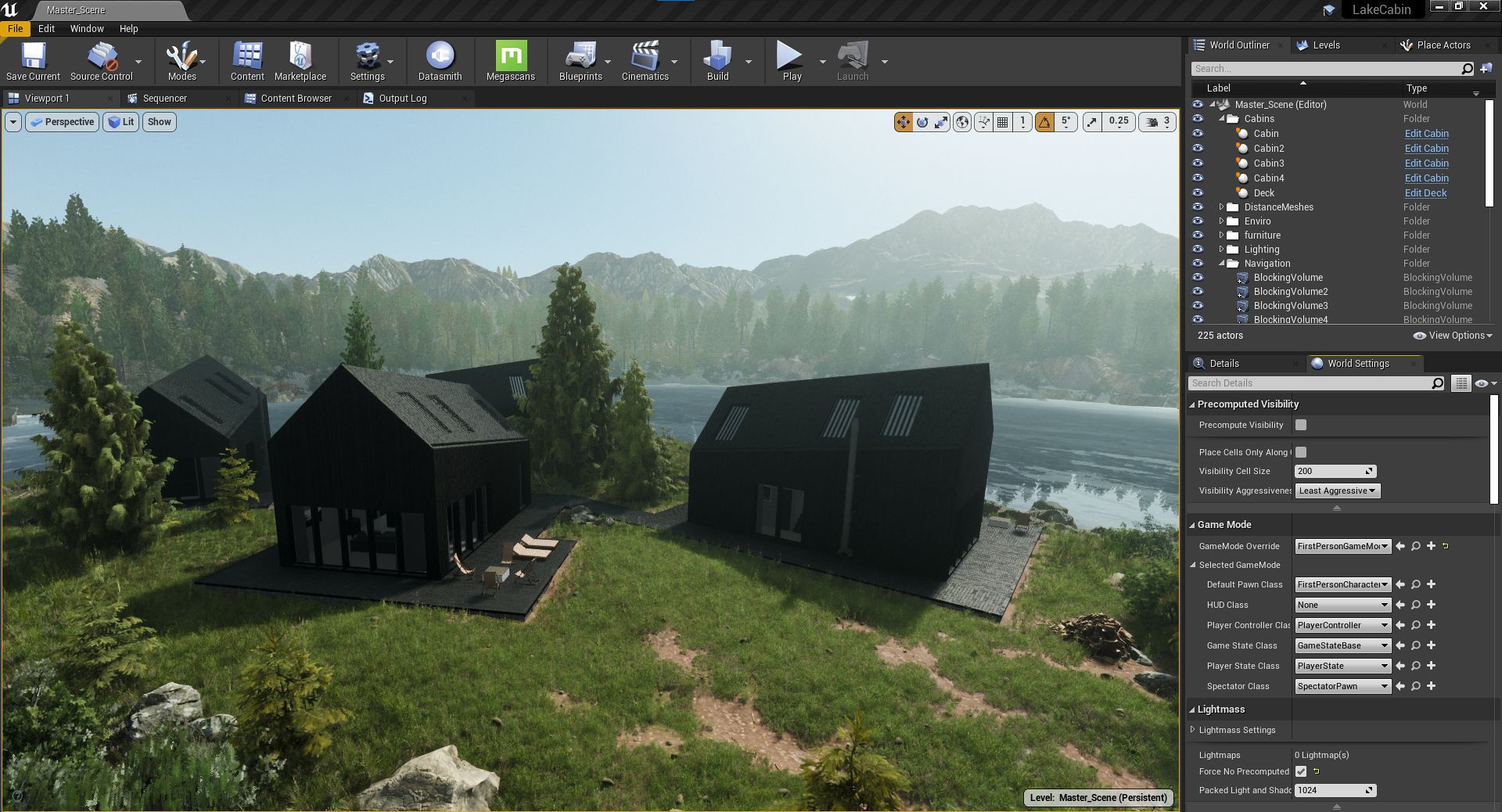FlyingArchitecture Emotion 2019 Reflections
FlyingArchitecture recently conducted a first of it's new workshop line - FlyingArchitecture Emotion. Event took place in FA's home city, Brno (Czechia) - in a Governor's Palace building at a Moravian Gallery complex and the event took 4 days - from February 28th to March 3rd.
During these intensive days, we covered topics from the scene optimization for heavy geometry loads in Rhinoceros (the one pictured below), via advanced materials creation, V-Ray for Rhino render settings and of course, final postproduction in Photoshop. Not to forget - for the first time during the workshop, we utilized Sculptris tool for the terrain creation. Students were able to manage the whole process: Creating a terrain, painting textures, scattering their plants set, two final renderings and postproduction of these images.

Students were supplied with several stages of the project model - to be able to catch up if they couldn't follow specific steps. They also received a complete scene (pictured above), but only used some assets from this scene - they were able to create their own terrain setup.
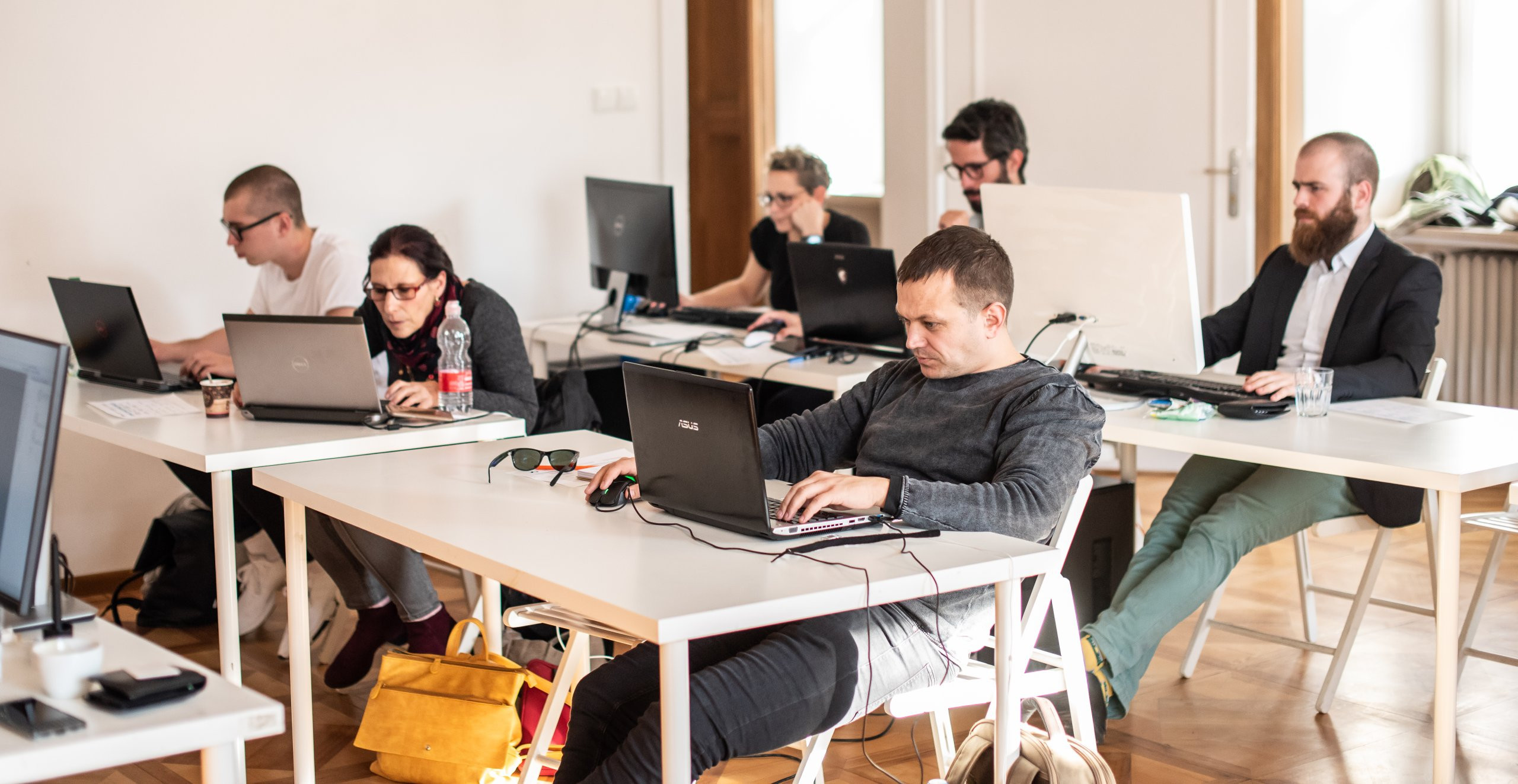
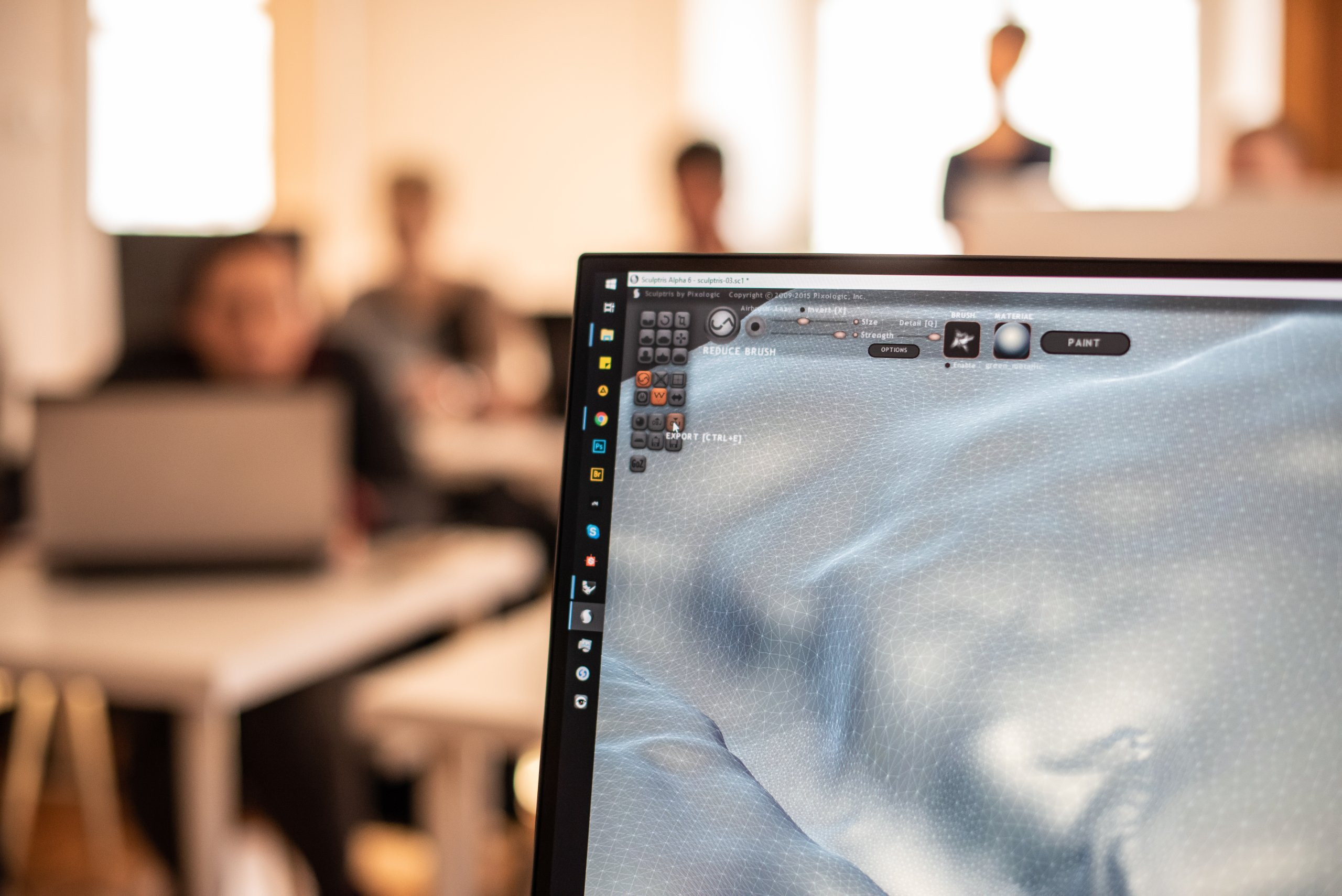
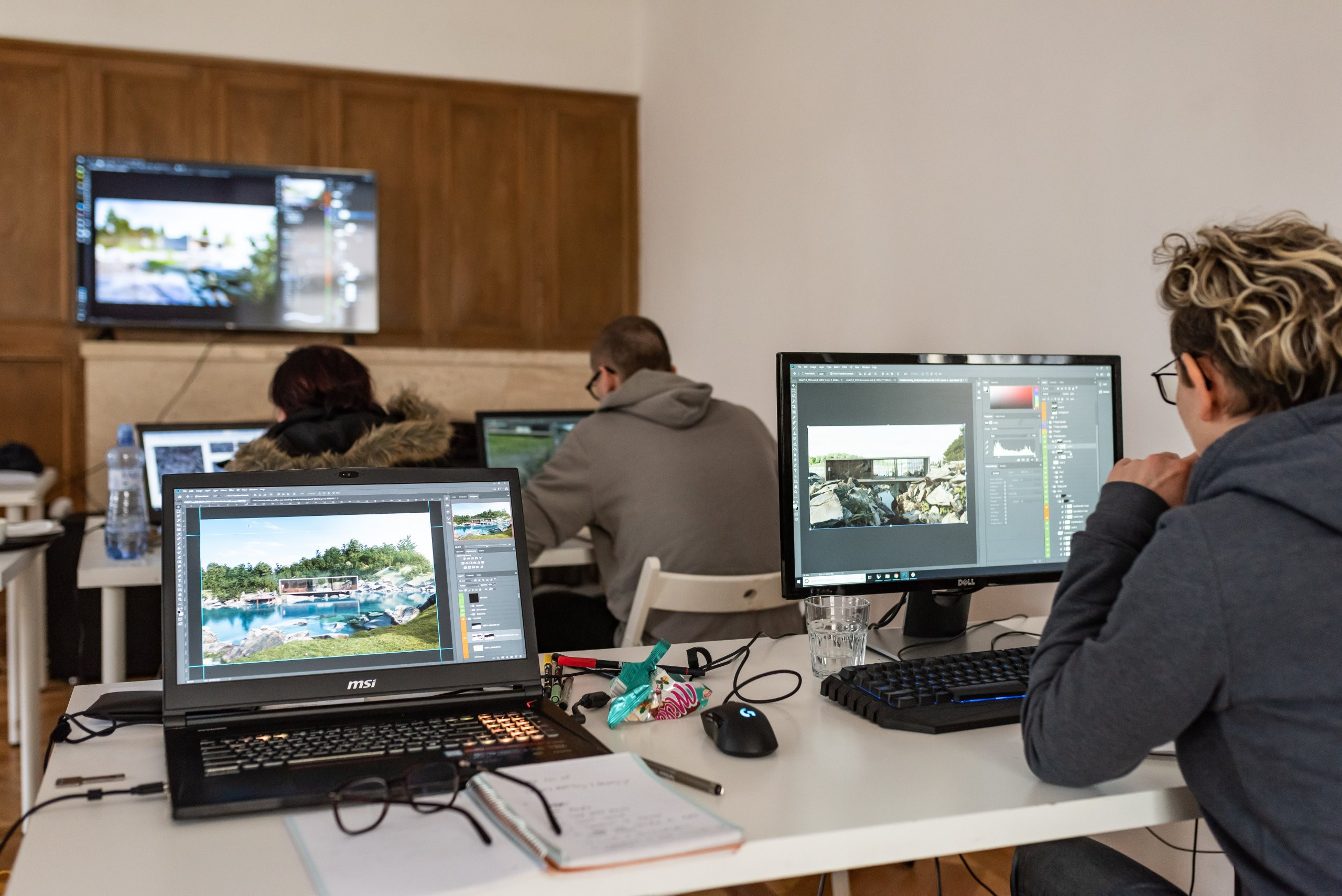
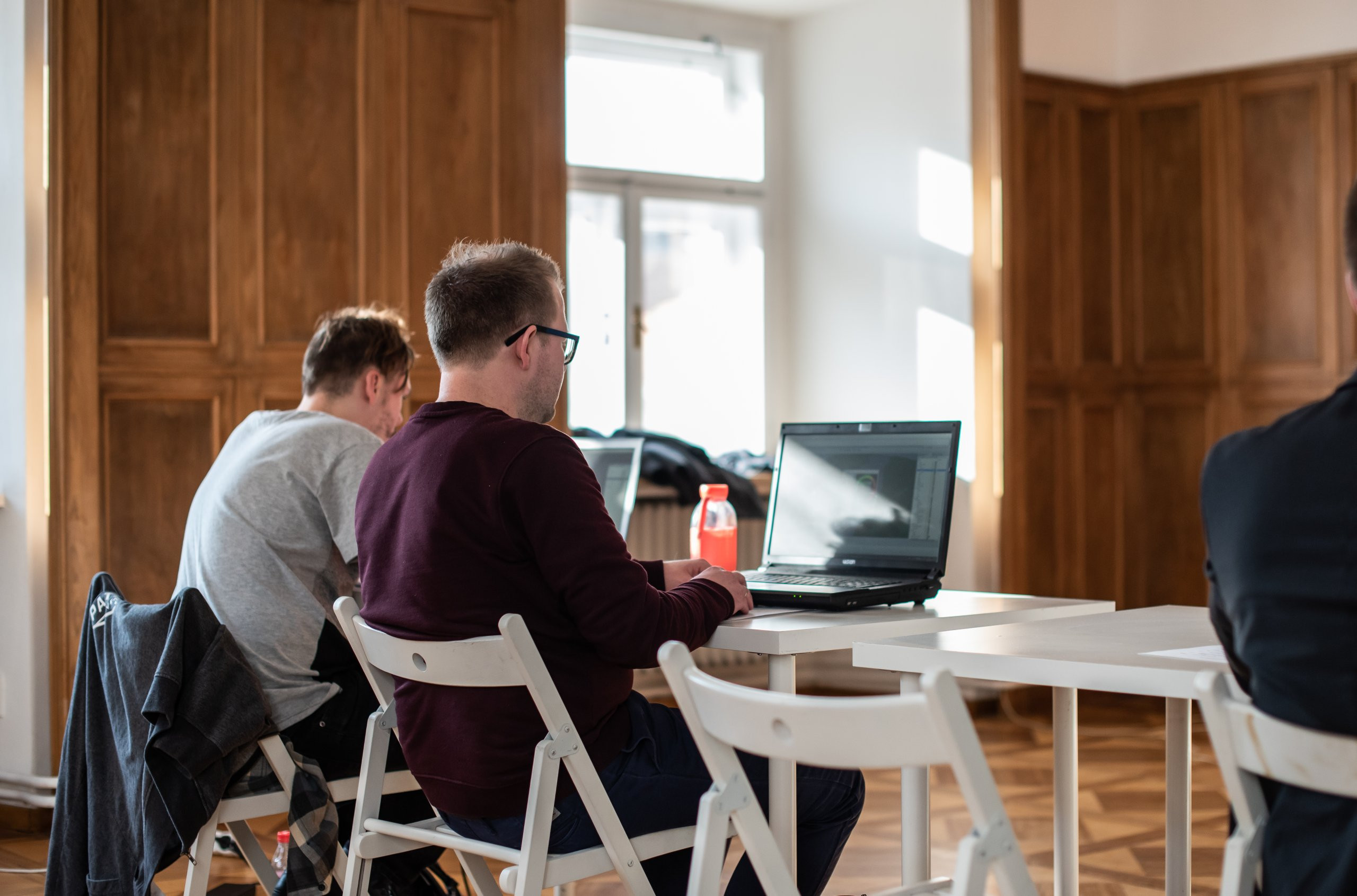
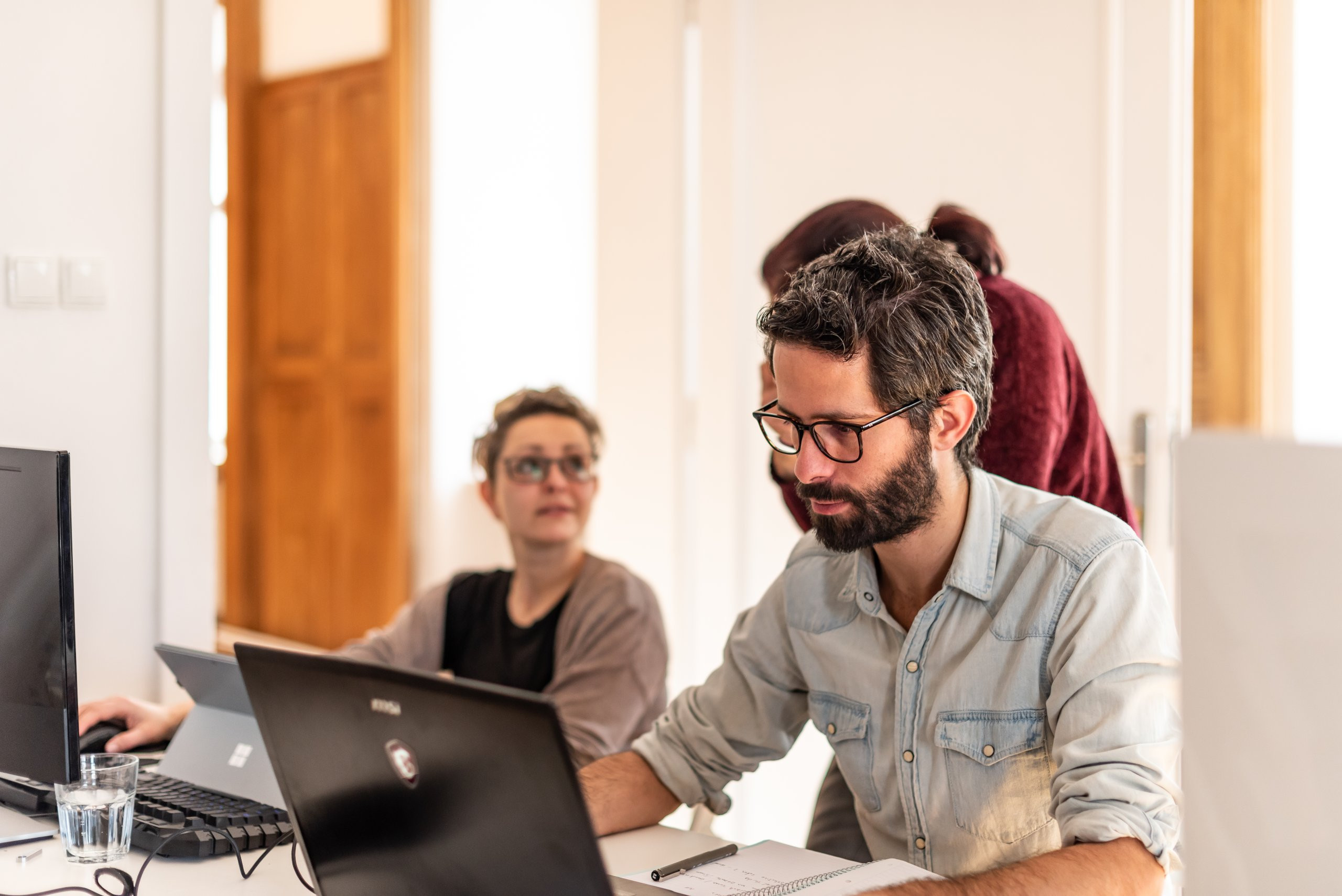
"I came to Emotion Workshop mainly with the idea of learning new tips and tricks, which I did and a lot, but more importantly found out the importance of knowing and also the way to deal with the problems we face everyday with this kind of tools that sometimes Googling it it's not enough.
It's super intense days with a lot of information to process and wouldn't do it any other way. I'm extremely happy with the final images and even surprised in just 4 days what is possible to do when you know how.
Thanks to Matúš and FlyingArchitecture crew for the patience and openness on sharing all this knowledge with us!" Miguel said
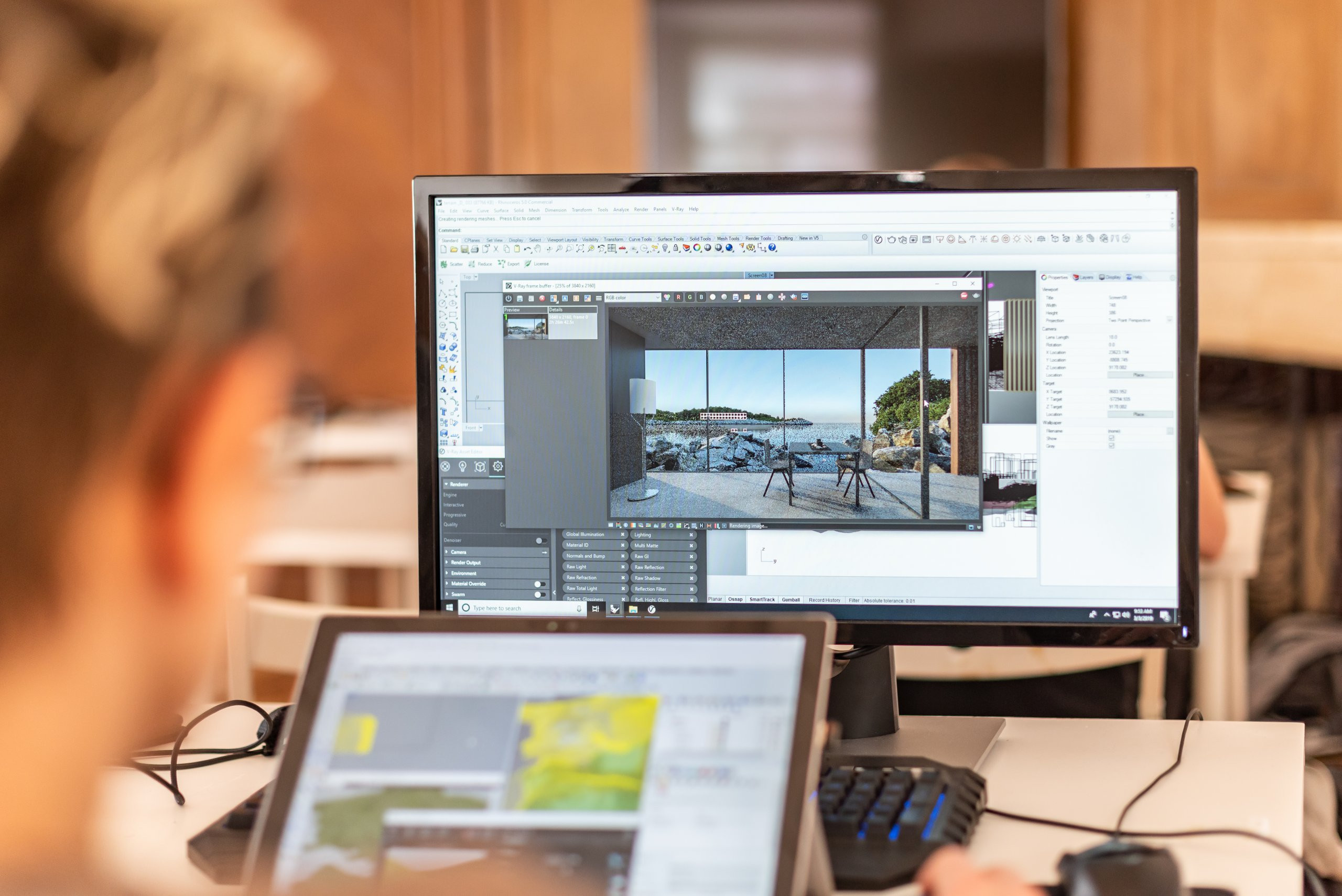
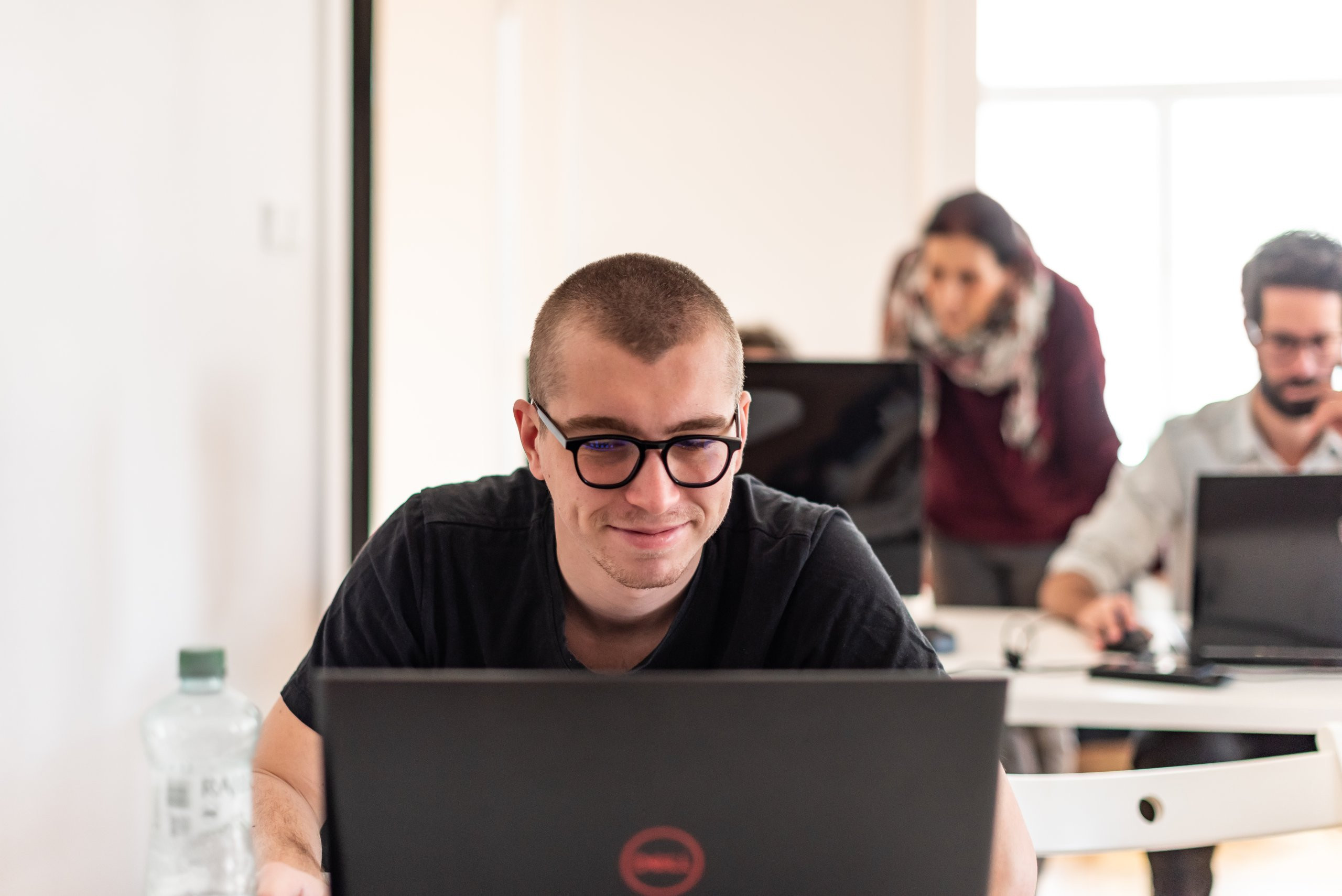
We were super excited too see the images develop, each in it's own direction, Thanks to this new approach, we got a very large variety of different emotion in the images - each specifically tailored by it's creator. Students were able to choose between several scenarios of lighting, which in connection with their own terrain and foliage setup created a very unique atmosphere. Just check out the outputs by yourself:
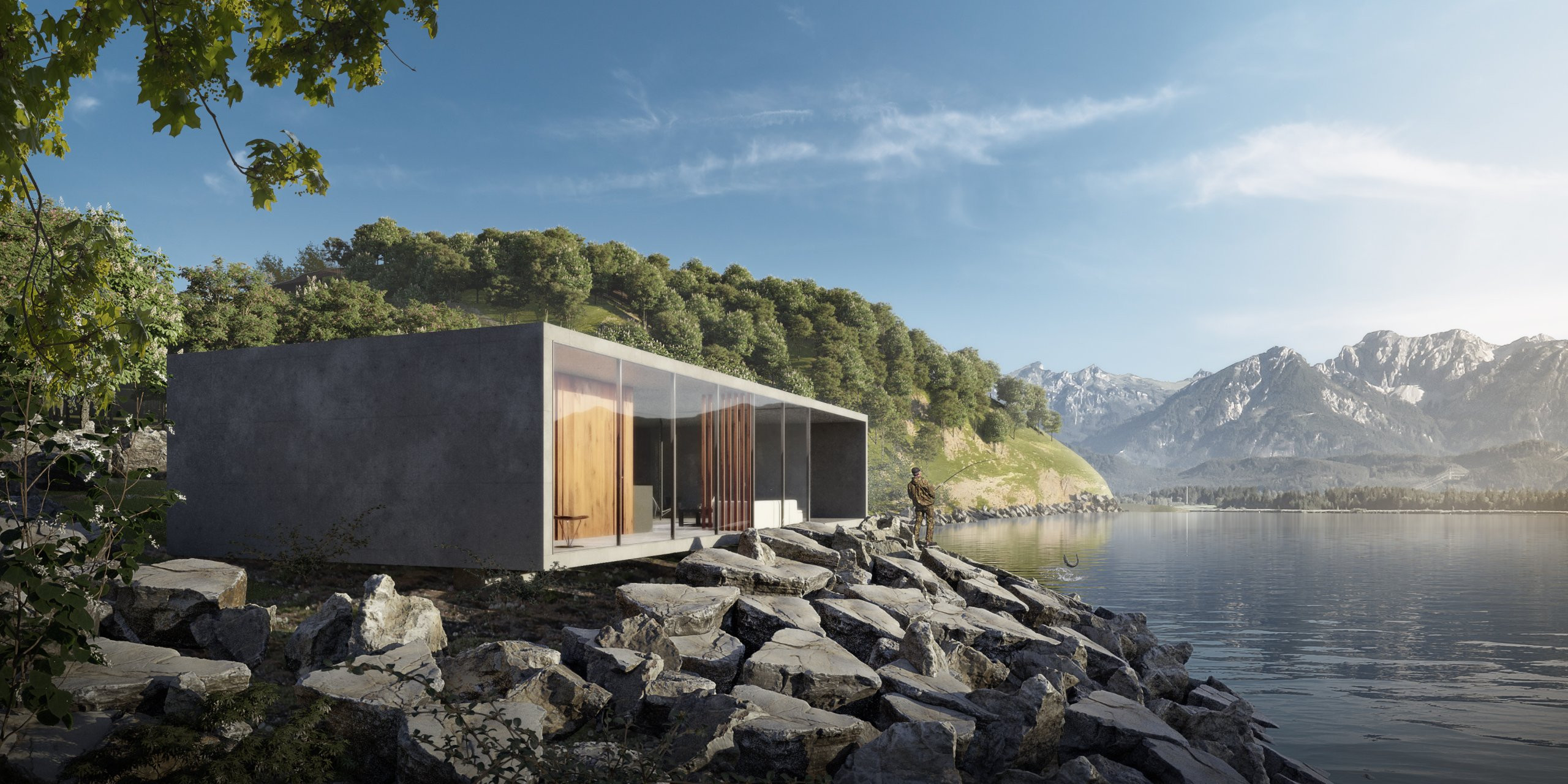
Image by Christian Hoberg Bjerre
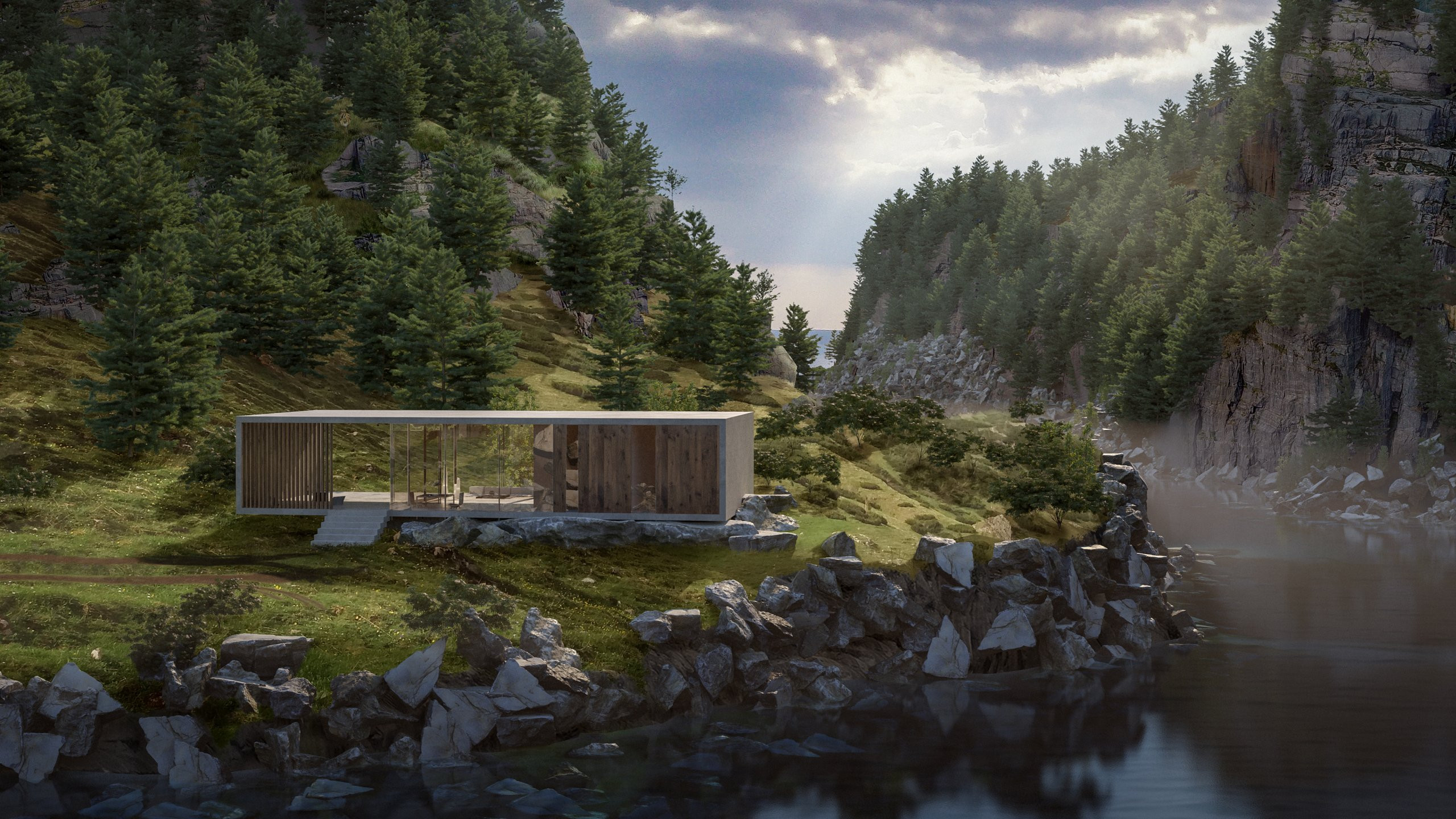
Image by Ján Jaroň
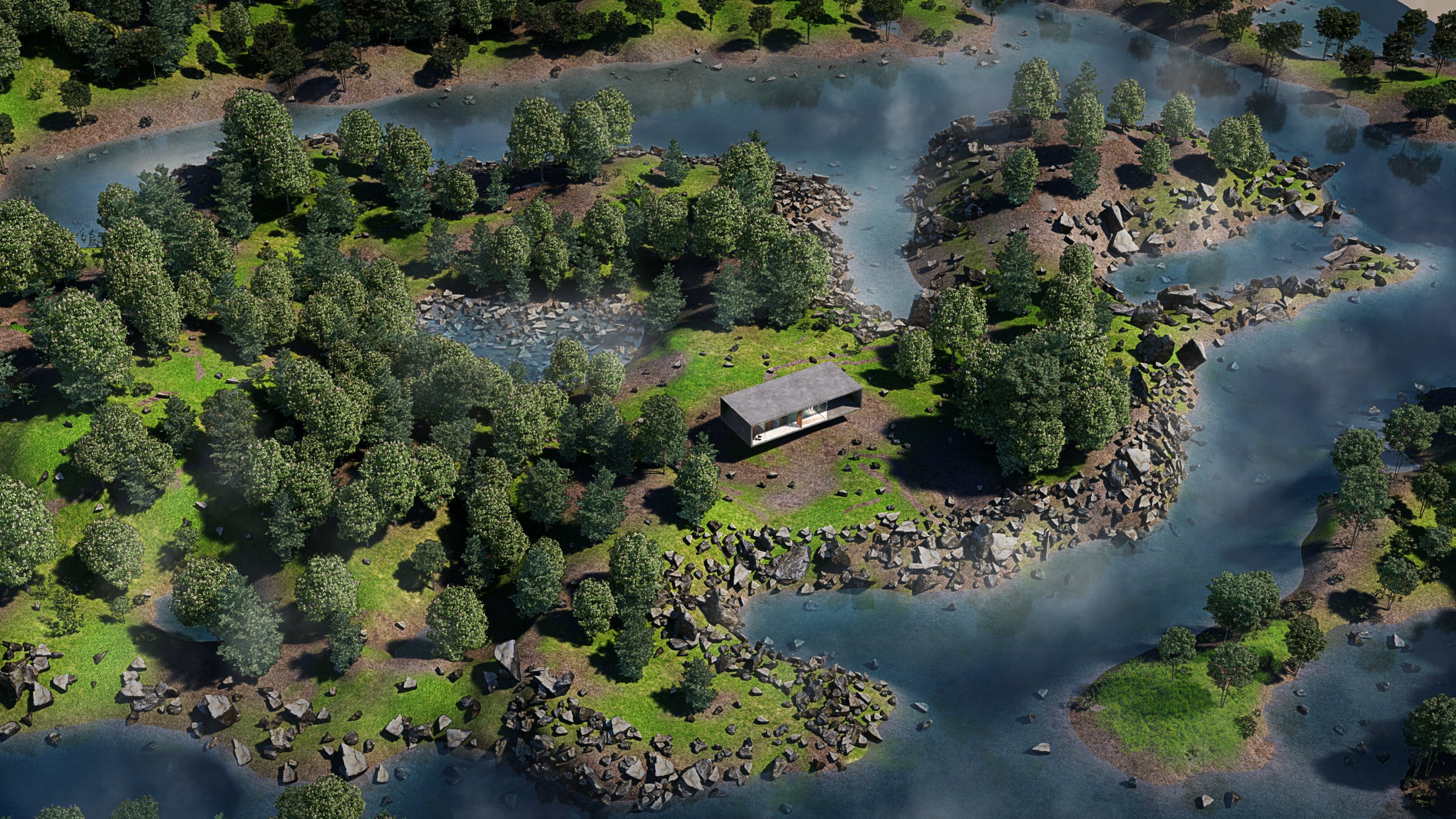
Image by Jiří Šmejkal
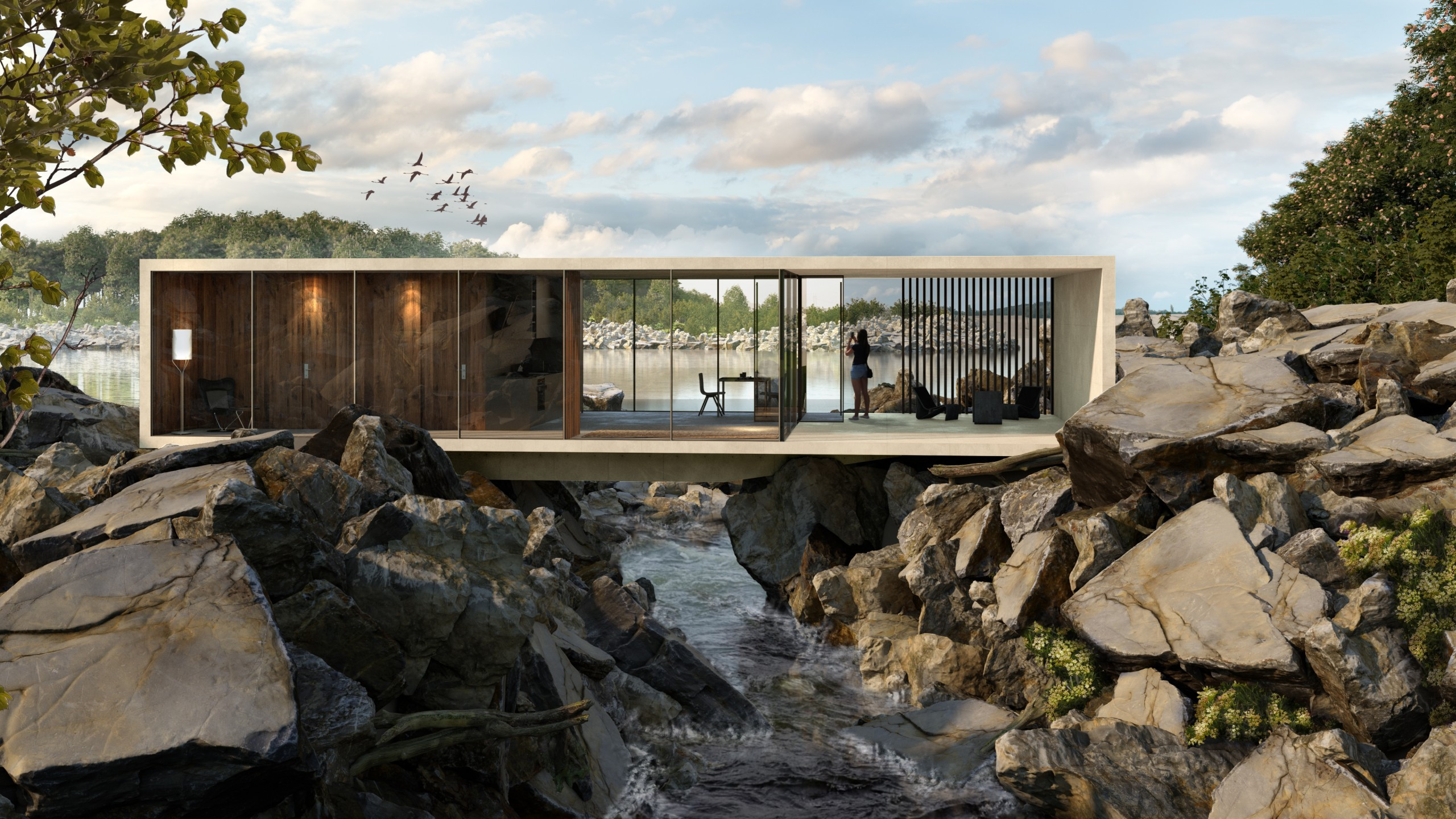
Image by Magdalena Pajonk
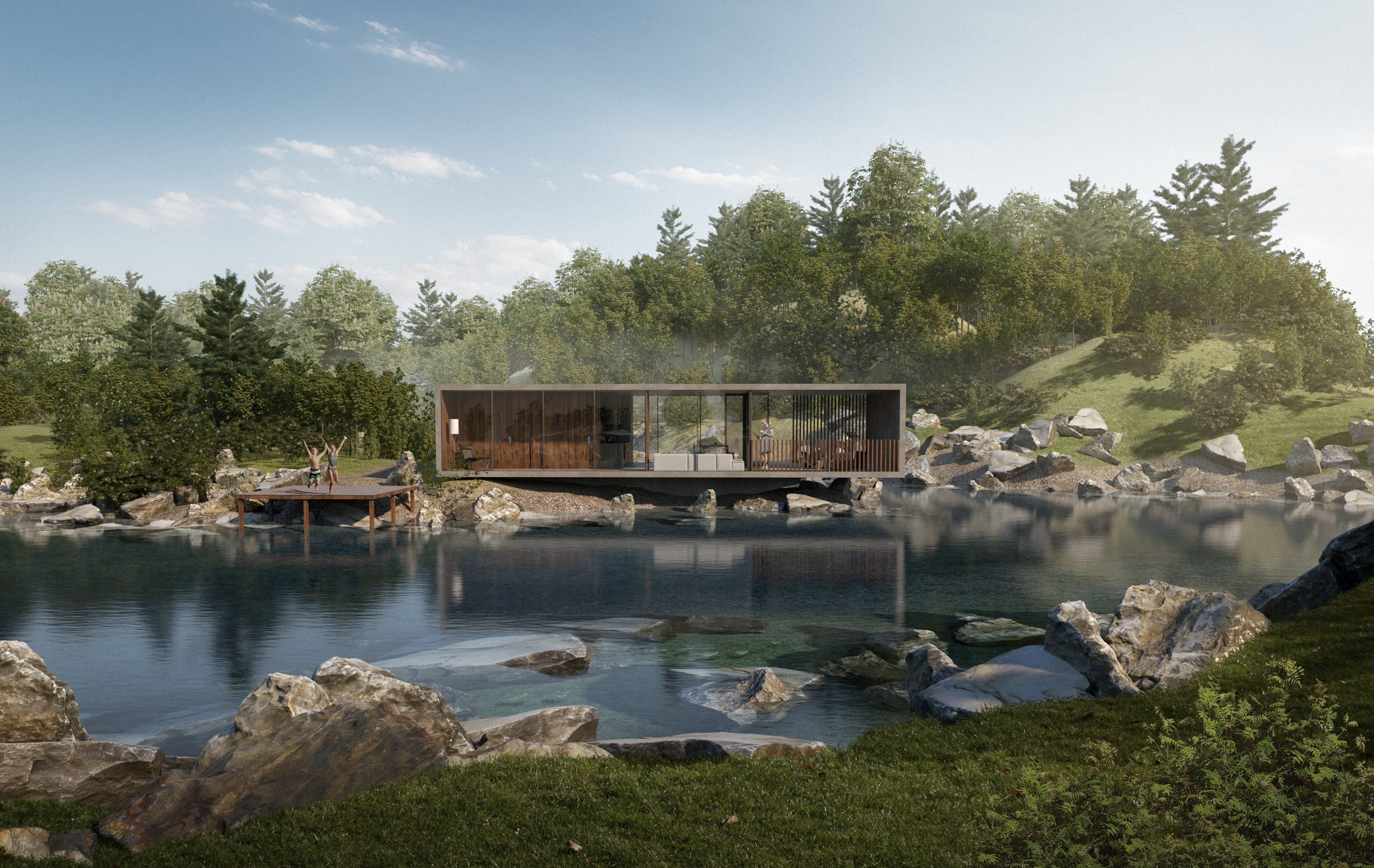

Images by Miguel Sousa
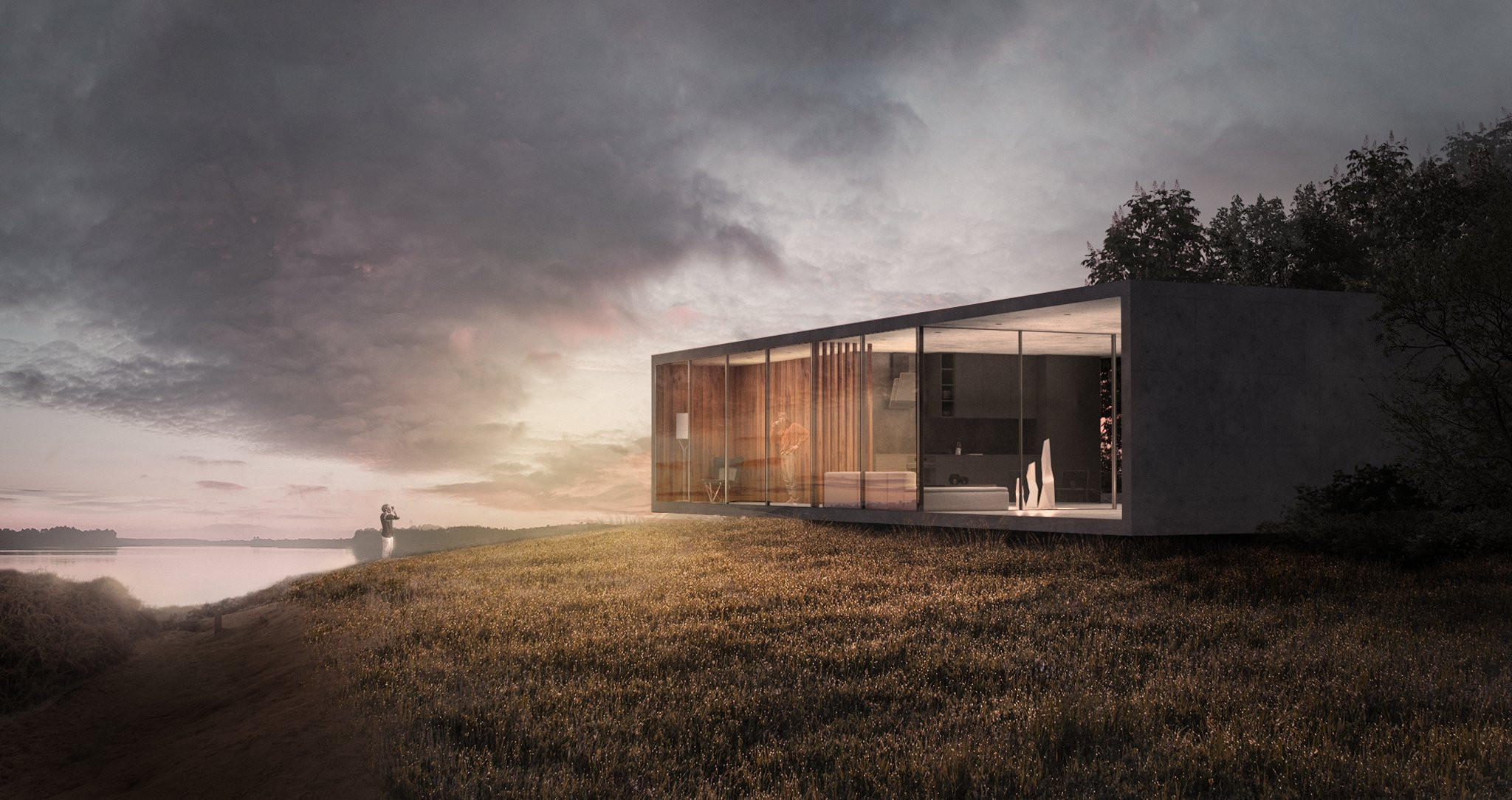
Image by Petr Malásek
I would like to endlessly thank to all participants, we all enjoyed the workshop to it's fullest and for the others - do not hesitate to get in touch with us about upcoming events ;)
We are looking forward to what the future holds!



